The renewable energy space has seen explosive growth in recent years, fueled by advances in technology, government initiatives, and the world’s growing emphasis on clean energy. One of the leading players in this segment is Waaree Energies, which has been a major player in the solar energy industry. Nuvama Institutional Equities recently started coverage on Waaree Energies with a ‘Buy’ rating and a target price of Rs 2,805 per share, attributing strong growth opportunities backed by the company’s capacity addition, vertical integration, and entry into new energy segments.
In this blog, we will look into Nuvama’s Waaree Energies analysis, covering the company’s growth drivers, its projected financial performance, risks, and overall standing in the growing renewable energy space. We will also discuss why Nuvama’s target price and projection make for an interesting investment case for the company.
Waaree Energies: A Brief Overview
Established in 1989, Waaree Energies is among India’s largest solar product manufacturers, offering a wide product range that covers solar modules, solar cells, and wafers. Waaree Energies, being a leading firm in the Indian renewable energy sector, has played a pioneering role in pushing the country toward cleaner and greener energy.
Waaree Energies has various business segments such as solar manufacturing, EPC (engineering, procurement, and construction) services, and solar power generation. The company’s products range across the value chain of solar energy, starting from manufacturing solar products of high quality to carrying out large solar projects and delivering end-to-end energy solutions to businesses and consumers.
Waaree Energies’ philosophy lies in ensuring that affordable and sustainable energy solutions reduce carbon imprints and feed into the international thrust towards adoption of renewable energies.
Nuvama’s ‘Buy’ Recommendation and Price Target of Rs 2,805
Nuvama Institutional Equities has placed a price target of Rs 2,805 per share on Waaree Energies, which reflects huge upside from the current stock price of the company. Waaree’s strong business fundamentals, supported by its strategic growth plans, put it in good stead to leverage the current energy transition, the brokerage feels.
Nuvama has a 250% revenue compound annual growth rate (CAGR) and a 54% EBITDA CAGR from FY24 to FY27. These growth rates are largely fueled by the company’s intentions to increase its solar module, cell, and wafer production capacity, which will allow it to keep pace with the rising demand for clean energy.
Nuvama further adds that Waaree’s EBITDA margin is poised to increase meaningfully from 14% in FY24 to 23% in FY27. This is due to the backward integration strategy of the company, which will bring down the reliance on third-party suppliers and enhance cost efficiencies. Moreover, Waaree’s transition to more profitable Domestic Content Requirement (DCR) modules will also support enhanced profitability.
Key Growth Drivers for Waaree Energies
1. Expansion in Wafers, Cells, and Modules Capacity
Waaree Energies’ growth path is directly related to the capacity of its expansion in solar modules, cells, and wafers. Waaree is increasing its solar manufacturing capacities to cater to the increasing demand for solar power, both domestically and abroad.
- Waaree plans to increase its capacities as follows by FY27:
- Solar Module Capacity: 21 GW
- Solar Cell Capacity: 11 GW
- Solar Wafer Capacity: 6 GW
This increase in capacity will not only enable Waaree Energies to gain a greater market share but also enhance its competitiveness in the industry. The company’s cutting-edge manufacturing facilities enable it to respond to the growing demand for high-efficiency solar products, which are increasingly playing a crucial role as nations and companies seek to embrace green energy solutions.
2. Vertical Integration Strategy
One of Waaree’s strongest competitive strengths is its vertical integration strategy, whereby the company maintains control over each and every part of its manufacturing process. From raw materials to the end product, Waaree maintains the highest quality and cost-effectiveness in all its operations. Such integration enables the company to hedge against the risks of supply chain disruption, increased material costs, and varying demand.
By manufacturing solar cells, wafers, and modules in-house, Waaree Energies minimizes its dependence on third-party vendors, which saves it costs and enhances margins. Moreover, the approach ensures that Waaree has a stable supply of high-quality products, which is vital in the extremely competitive and fast-changing renewable energy industry.
3. Foray into Green Hydrogen and Other New Energy Segments
Besides its solar core business, Waaree Energies is venturing into high-growth segments including green hydrogen, lithium-ion cells, electrolysers, and battery energy storage systems (BESS). These industry segments are likely to become central to the global energy transition and are crucial growth areas for the company over the next few years.
The entry of the company into the green hydrogen space, in specific, is significant. With the world seeking cleaner alternatives to conventional fossil fuels, hydrogen is gaining prominence in the energy mix, particularly in sectors that are difficult to electrify. Waaree’s attempts to gain a presence in the green hydrogen segment could open up new avenues of revenue and position the company as a frontrunner in the renewable energy space.
Waaree’s BESS and lithium-ion cells will also play an important role in facilitating the expansion of solar power. Energy storage systems are critical for regulating fluctuating renewable energy output, guaranteeing a consistent power supply even when the sun is not out. Through the investment in such technologies, Waaree Energies is diversifying its income streams while placing itself at the center of the larger energy universe.
4. Sustained R&D and Technological Innovations
Waaree Energies also has a significant focus on research and development (R&D) to advance in innovation and maintain a competitive edge. The R&D activities of the company are directed toward enhancing the efficiency and performance of its solar products and creating new offerings for the renewable energy sector.
With a strong R&D department and access to new-age technologies, Waaree is poised to address the changing needs of the global solar energy industry. Innovations like increased-efficiency solar cells, bifacial solar panels, and next-generation energy storage technologies will enable the company to sustain its competitive advantage and benefit from new opportunities in the renewable energy arena.
5. Government Support for Renewable Energy
The Indian government has been a major proponent of renewable energy, with aggressive solar energy generation targets. The government aims to have 500 GW of renewable energy installed capacity by 2030, with a large part of it from solar. This focus on renewable energy has resulted in a good policy framework for organizations such as Waaree Energies to expand and scale up.
Government policies like subsidies on solar installations, tax credits for renewable energy facilities, and solar rooftop installation schemes are further support mechanisms for the operations of the company. Inasmuch as India strives to enhance its renewable energy capacity, Waaree Energies also gains from local and foreign demand for its products.
Risks and Challenges for Waaree Energies
Although Waaree Energies is poised for robust growth, there are various threats and challenges facing its performance in the years ahead. These are:
- Increasing Competition: With the renewable energy industry expanding, competition is also growing. New entrants are emerging into the market, and established players are upgrading their capacities. Waaree will have to sustain its competitive advantage through innovation and efficiency in order to lead the pack.
- Raw Material Price Fluctuations: Raw material prices like silicon and silver, which are utilized in solar panel manufacturing, can be highly volatile. These fluctuations may affect Waaree’s margins, particularly if there are supply chain issues.
- Policy Changes of the Government: While the Indian government has been pro-renewable, changes in policy or the subsidy model might impact Waaree’s operations. Policy changes in other important markets that the company operates in might pose risks as well.
- Technology and Market Uncertainty: Waaree, as it diversifies into new areas such as green hydrogen and energy storage, is subject to technological and market uncertainties. These new ventures will not perhaps give the expected returns in the near future.
Conclusion: A Bright Future for Waaree Energies
In spite of the challenges, Waaree Energies is positioned for long-term growth in the renewable energy segment. With bright growth prospects, a robust plan for capacity addition, vertical integration, and diversification into new segments of energy, the company has the ability to provide substantial returns to investors.
Nuvama’s ‘Buy’ recommendation and price target of Rs 2,805 depict the optimism on Waaree Energies’ growth prospects and its potential to leverage the global energy transition’s opportunities. Risk factors exist, but the business’s robust fundamentals, focus on innovation, and expansion plans signal a promising bet in the space of renewable energy.
As the renewable energy business grows, Waaree Energies is well-positioned to become a leading force in India’s transition to a cleaner, greener energy future. For investors seeking access to the growth potential of the renewable energy segment, Waaree Energies is an attractive opportunity.
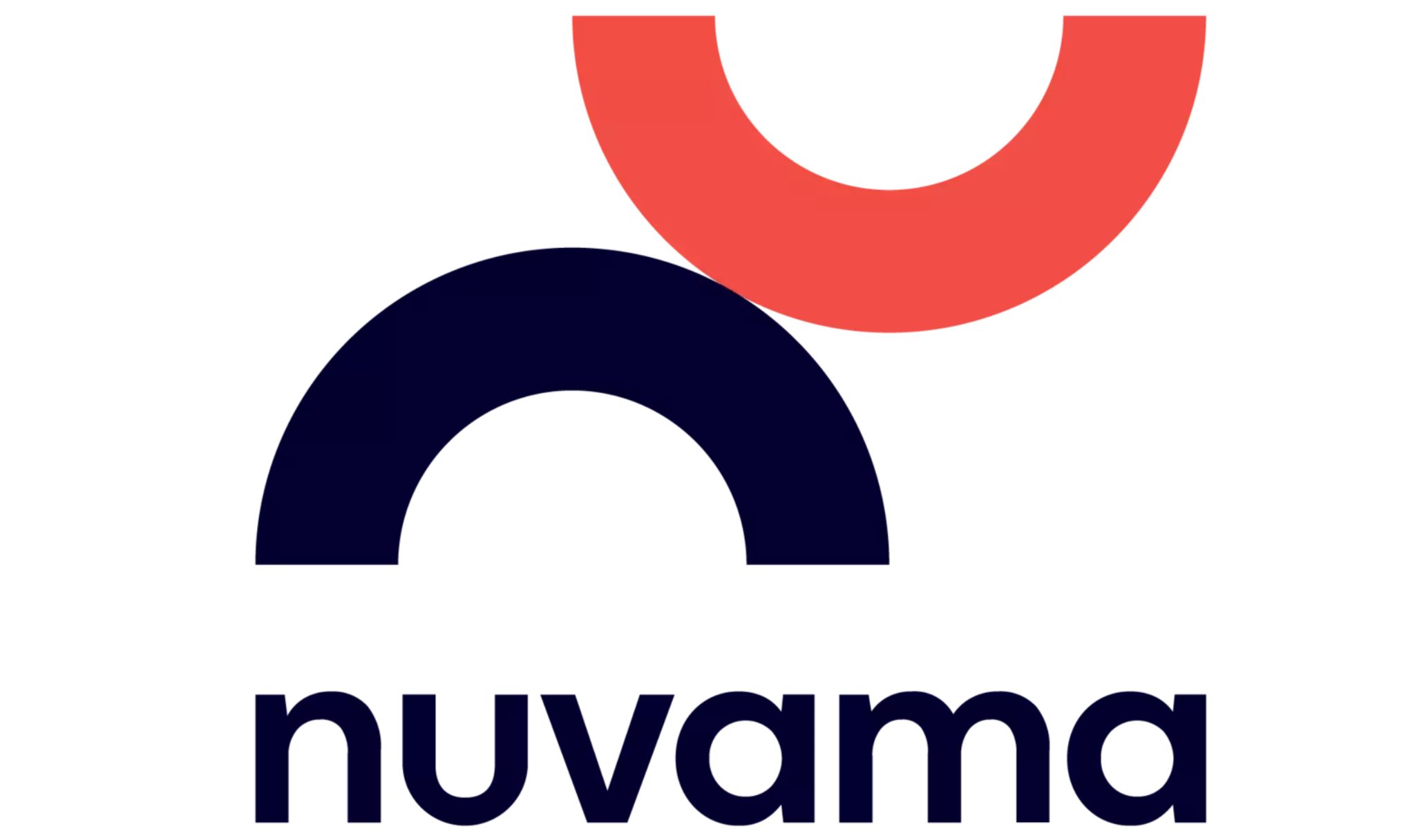



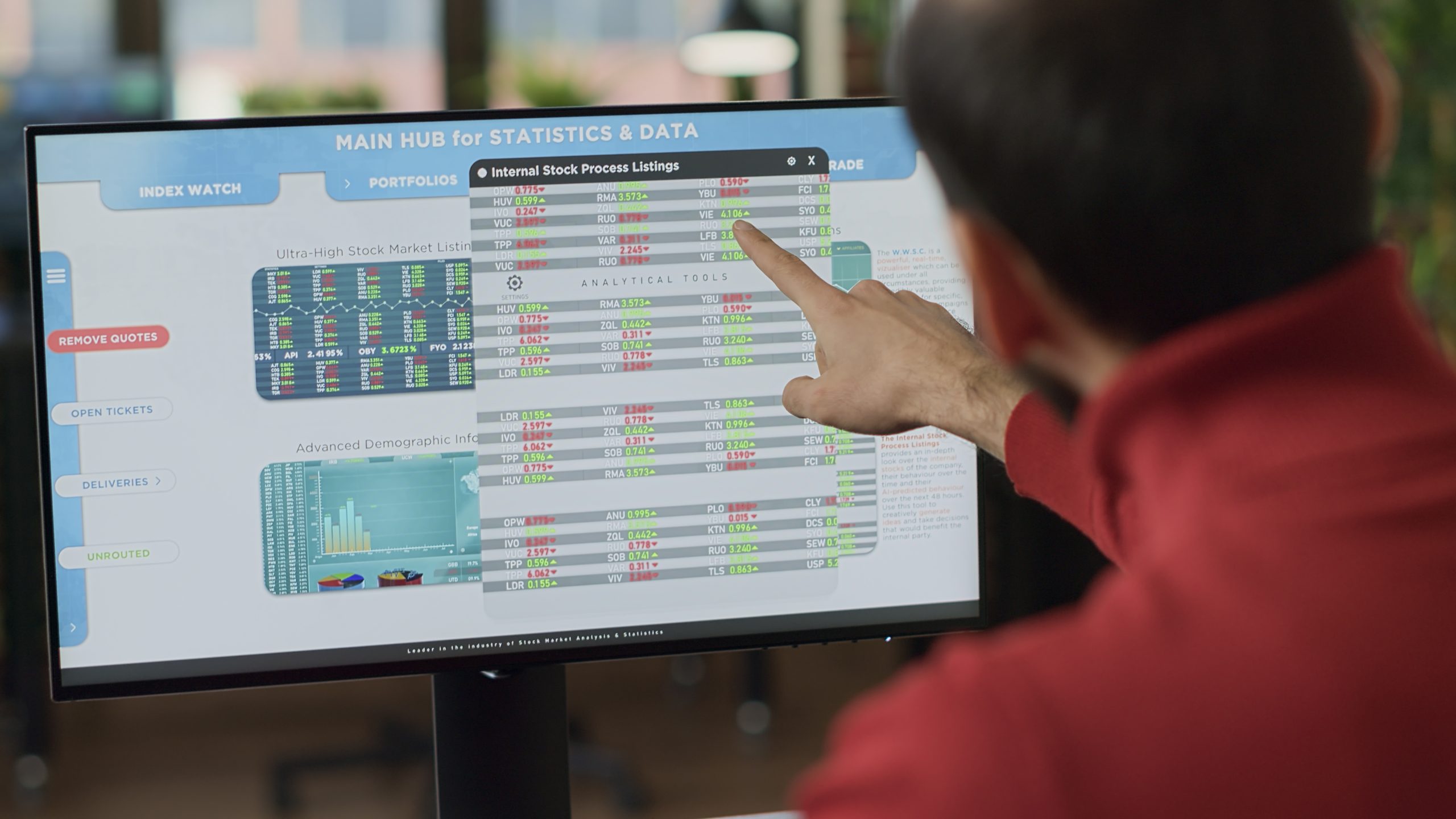


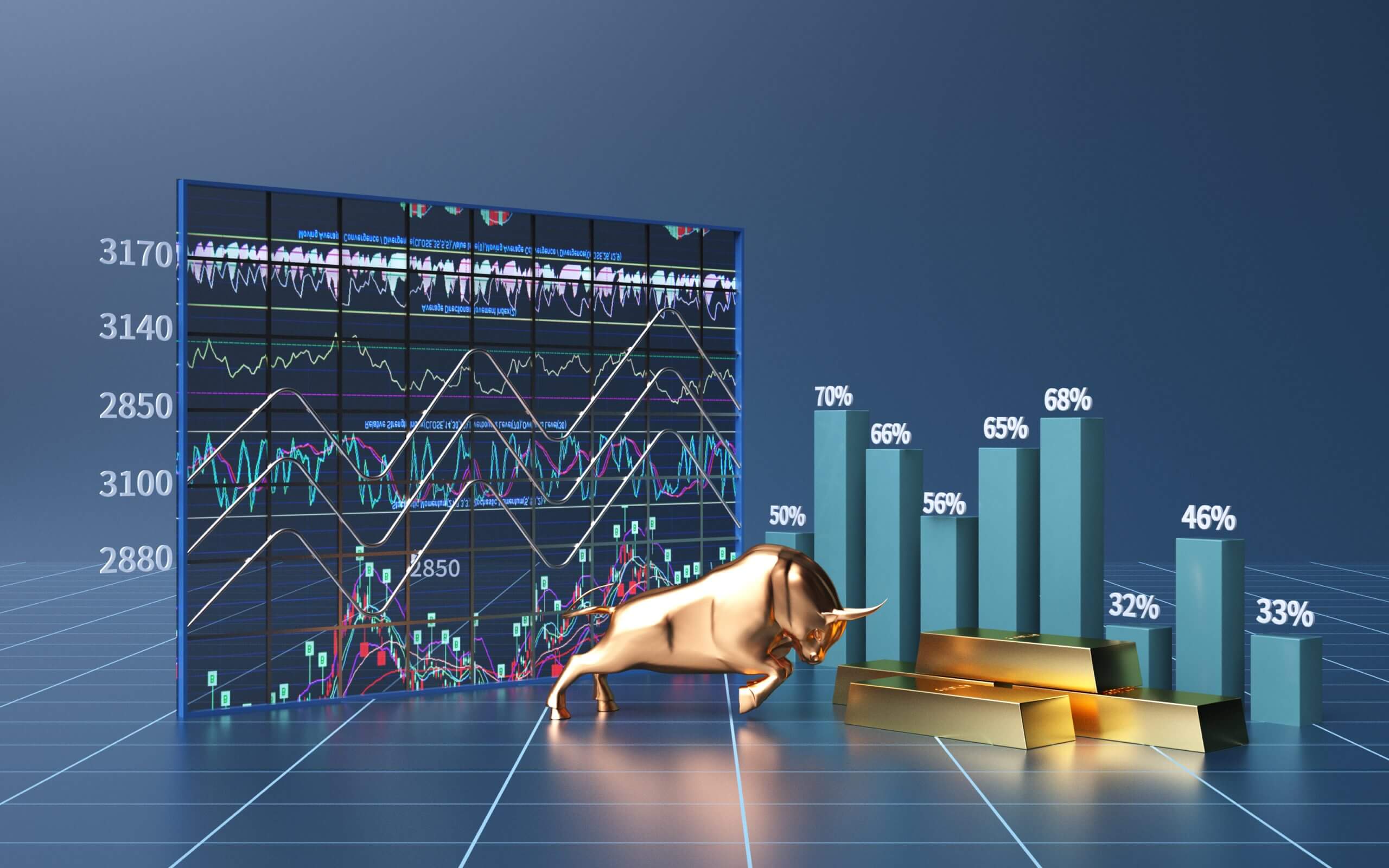


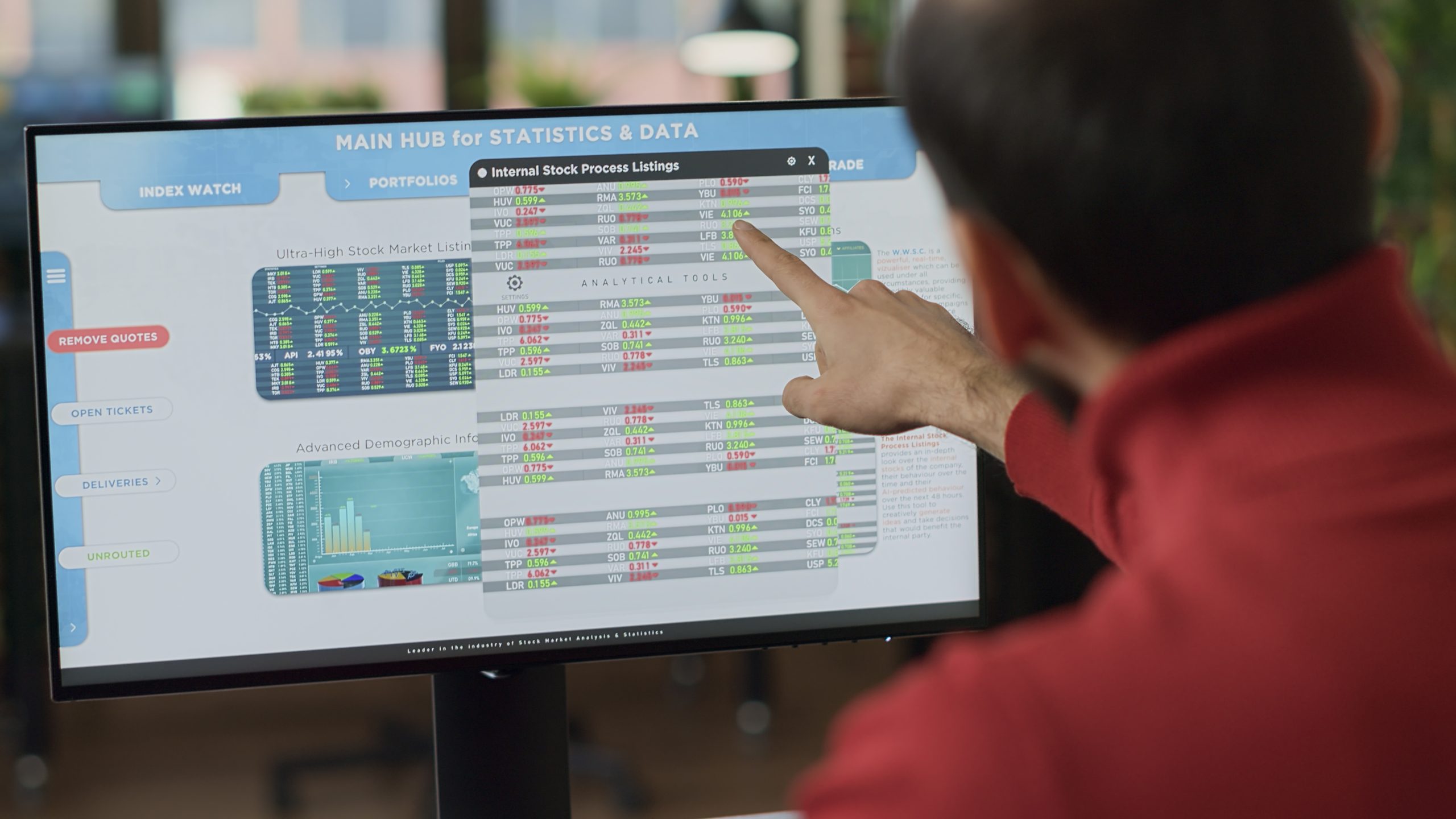


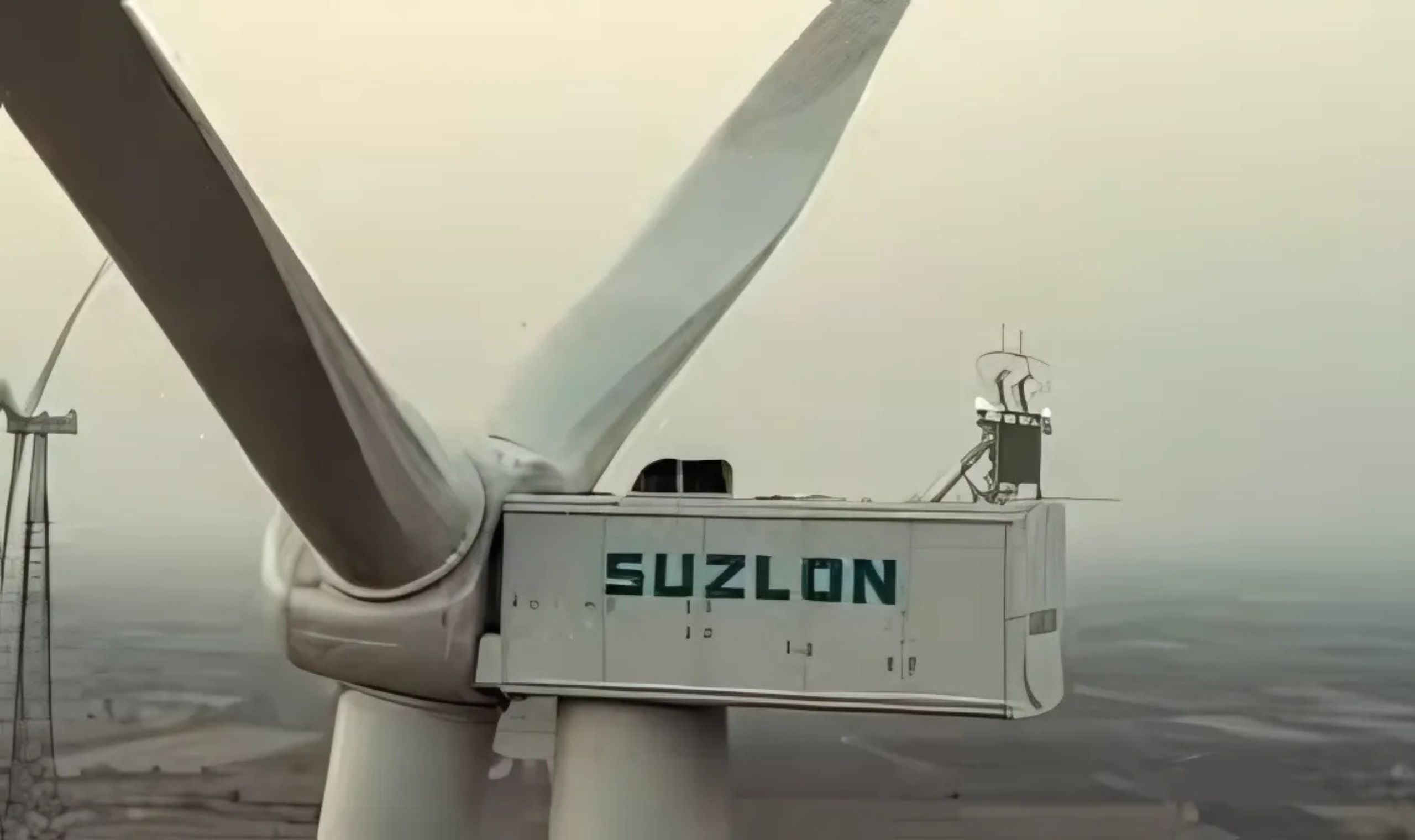
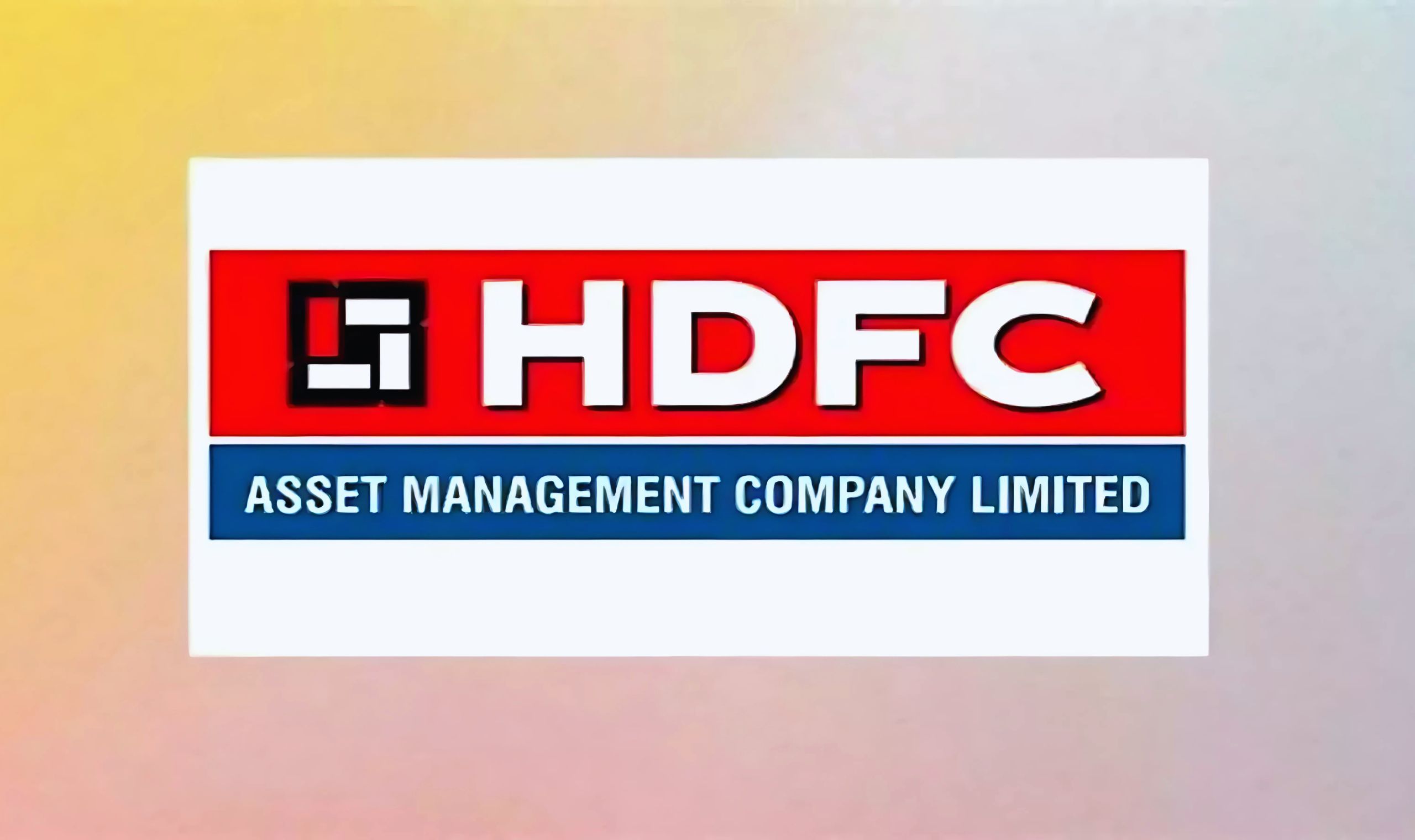
0 Comments